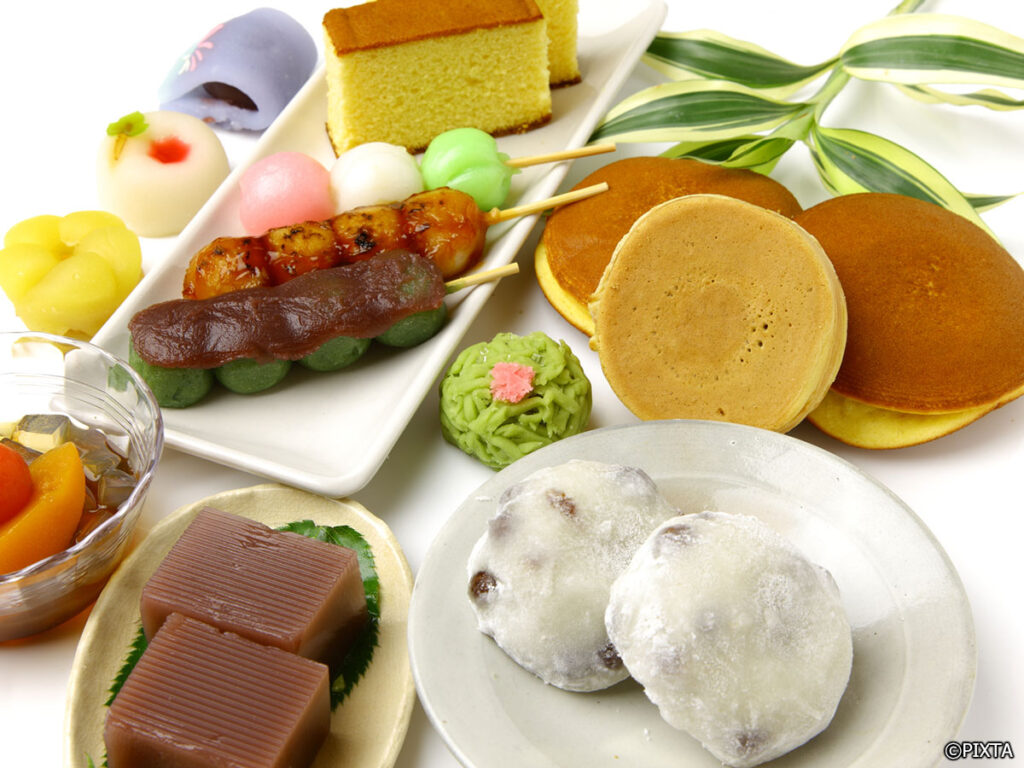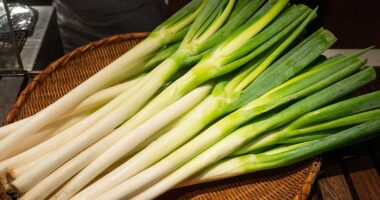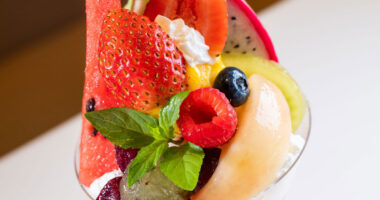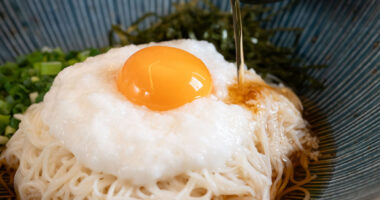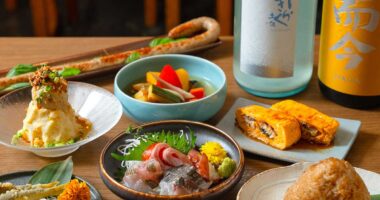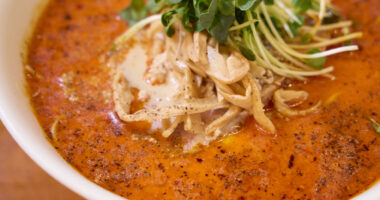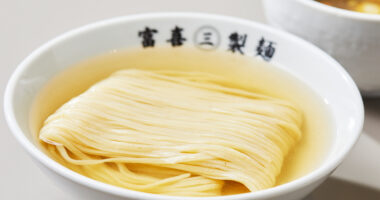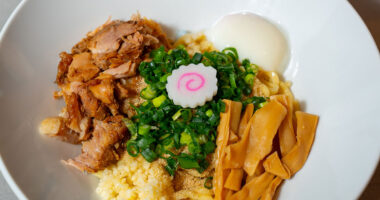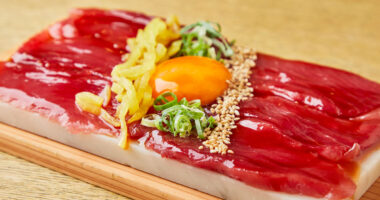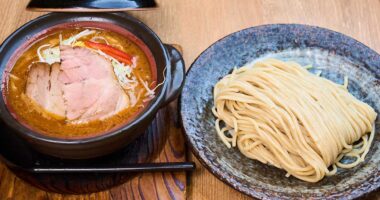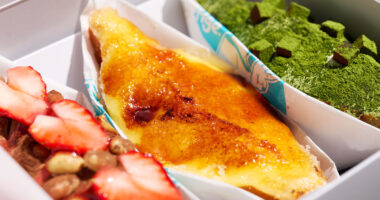When thinking of Japanese cuisine, ramen and sushi might be the first things that come to mind. However, Japan has another culinary treasure that’s waiting to be discovered: 和菓子 wagashi, or traditional Japanese confectionery. While foreign tourists might be familiar with sweets made with 餅 mochi glutinous rice and 餡 an sweetened red bean paste, there’s a whole world of wagashi to explore.
What is wagashi?
Wagashi is a kind of traditional Japanese sweet typically served with green tea. Unlike ramen and sushi, which are savory dishes, wagashi offers a different taste experience, often with a subtle sweetness that doesn’t overwhelm the palate. These sweets are made from natural ingredients such as wheat, rice, various kinds of beans, fruits and nuts, agar, and sugar. Wagashi not only pleases the taste buds but also captivates with its beautiful appearance, often reflecting the four seasons in Japan.
Where to get wagashi
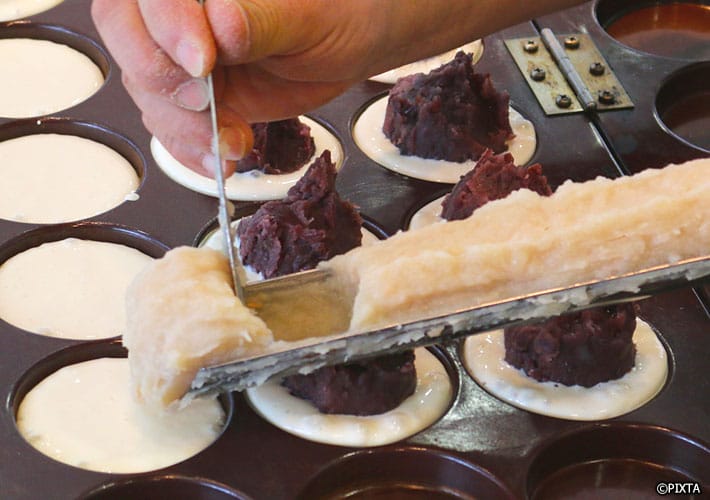
Tasty delights being baked at a traditional wagashi shop.
You can find wagashi in various places throughout Japan, including specialty shops, department stores, and even convenience stores. However, if you want to experience high-quality wagashi, we recommend visiting a traditional Japanese confectionery store, known as 和菓子屋 wagashi-ya. These stores often offer a wide selection of wagashi, ranging from simple and affordable to elaborate and expensive.
Types of wagashi
There are various types of wagashi that come in different shapes, colors, and flavors. As a foreign tourist, you might recognize some wagashi from anime and manga, like dango and dorayaki. To help you get started on your wagashi journey, here are a few popular types to try:
Mochi-based sweets: Mochi, made from glutinous rice pounded into a paste or cake, is a popular ingredient in wagashi. Some well-known mochi-based sweets include 大福 daifuku (soft, glutinous rice cake filled with an or fruit) and 団子 dango (sweet dumplings made from rice flour, often served on a skewer in threes).
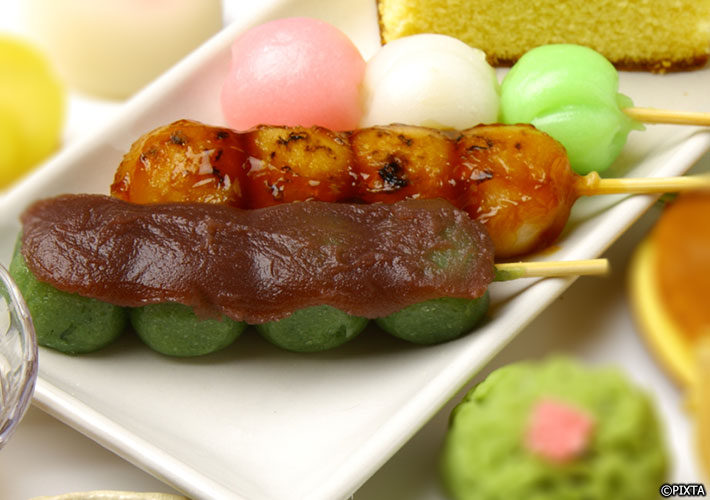
Various types of dango.
Note that in Japan, “mochi” refers to the traditional unsweetened rice cake, not the ice cream with a soft, chewy wrapping you may also find outside the country. This is called 餅アイス mochi aisu or 餅アイスクリーム mochi aisukurīmu, and you’ll almost always find at least one major brand of it in the frozen dessert section of supermarkets or convenience stores.
An-based sweets: An (also known as 餡子 anko), sweet bean paste, is another staple in wagashi. You can find it in どらやき dorayaki (pancake-like pastry filled with sweet bean paste) and 饅頭 manjū (buns filled with an or other sweet fillings).
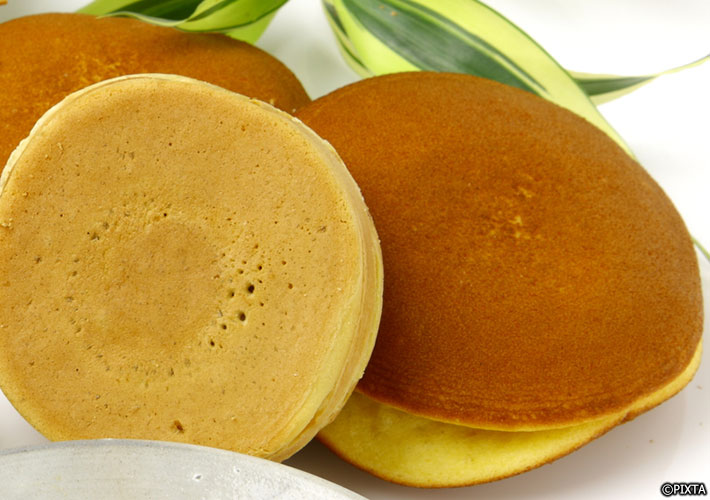
Delicious dorayaki.
上生菓子 Jōnamagashi: If you’re looking for a more sophisticated wagashi experience, try jōnamagashi, the most refined type of wagashi. These sweets often feature highly intricate and decorative designs as well as colors and motifs reflecting the changing seasons. While they can be found in specialty shops, cheaper versions are also available in convenience stores.
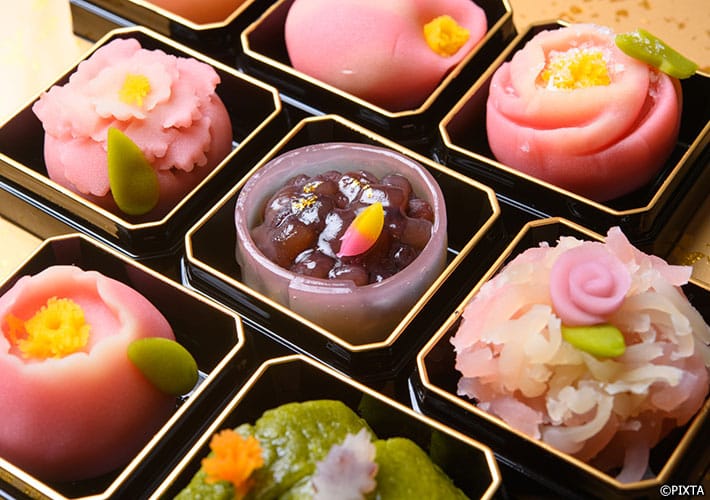
Sophisticated wagashi.
The price of wagashi varies depending on the type and the store you visit. Simple and standard wagashi can cost as little as 100 JPY, while more elaborate and expensive varieties can cost up to several thousand yen.
Tips for enjoying wagashi
Look for regional specialties: As you travel through Japan, be sure to try wagashi unique to different regions. For example, if you’re traveling to Kyoto, don’t miss 八ツ橋 yatsuhashi, a regional specialty made with rice flour and cinnamon and available in a soft, usually triangle-shaped, chewy type with an an filling or a hard type shaped like bamboo stalks cut lengthwise. The soft type has a shorter expiration date so be careful if you’re buying some to bring back to your home country. If you visit Sendai, try ずんだ餅 zunda mochi, a mochi made with sweetened green soybeans.
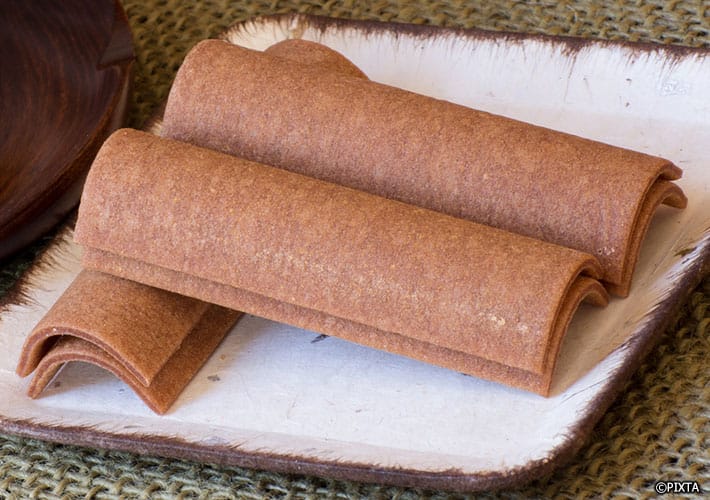
Yatsuhashi from Kyoto.
Savor the experience: When it comes to wagashi, especially jōnamagashi, take a moment to appreciate the presentation and seasonality of the sweet before indulging in its taste and texture. Enjoy the delicate balance of flavors, and pair your wagashi with green tea to enhance the experience.
Explore beyond mochi and an: While mochi and an-based wagashi are popular and well-known, don’t hesitate to try other varieties. You’ll discover a wide range of flavors, textures, and artistic expressions that showcase Japan’s rich culinary history.
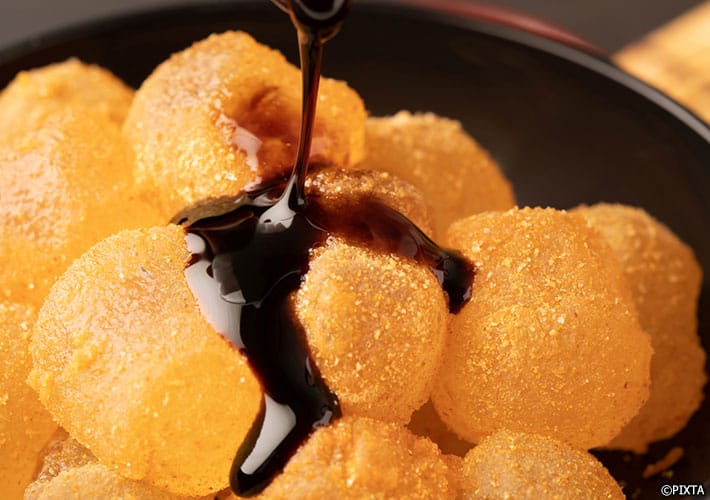
Warabimochi made with bracken starch, dusted with roasted soy flour and drizzled with syrup.
In conclusion, wagashi offers a delightful and lesser-known aspect of Japanese food culture that is well worth exploring during your visit. Whether you buy them at a department store or a traditional wagashi-ya, these sweets will satisfy your sweet tooth and enchant your senses with their artistry and craftsmanship.
